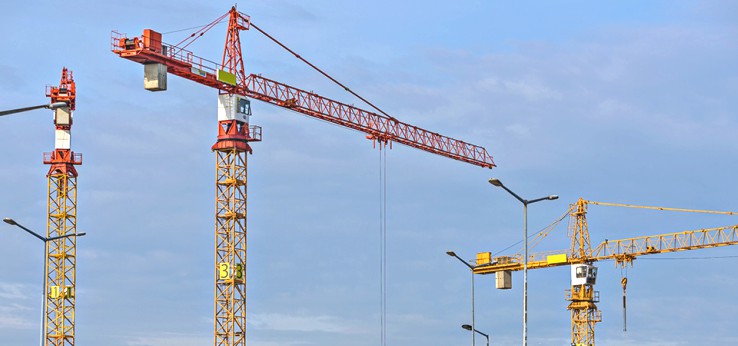UK house builders optimistic about prospects
The house builders in the UK, who faced a challenging year in 2017, were optimistic about the prospects in 2018 with several factors supporting the growth of the housing market.

The latest IHS Markit/CIPS UK Construction Purchasing Managers’ Index indicates a stable year for house construction. Although 2017 was one of the most difficult phases for the stakeholders of the construction industry in the UK, business recovered towards the year end. In fact, a robust rise in residential building activity contrasted with falling work on commercial projects towards the end of 2017.
In the survey conducted by CIPS, respondents indicated that house building remained a key engine of growth in 2017, with residential work expanding for the sixteenth consecutive month in December last year. They expect the same level of house building activity in 2018 because of a sharp rise in employment and purchasing activity towards 2017 end.
“December data pointed to resilient demand for new construction projects, as highlighted by the fastest upturn in new order volumes since May. Anecdotal evidence cited an improved flow of enquires in recent months, alongside a gradual upturn in clients’ willingness to commit to new work,” the Index report observed.
The latest upturn in input buying was the steepest for two years, which survey respondents widely linked to increased business requirements of the construction companies. Robust demand for construction products and materials contributed to another sharp lengthening of suppliers’ delivery times at the end of 2017.
Further, total new orders were at the fastest pace for seven months in December, which indicated a positive signal for construction workloads in the short-term. Resilient demand and forthcoming project starts also led to strongest increase in input buying for two years. Approximately 37 per cent of the survey panel forecast a rise in construction activity over the course of 2018.
The overall mood among the stake-holders of the housing sector appears to be optimistic, especially after the government announced the abolition of the Stamp Duty for first-time house-buyers of properties up to £300,000, with purchasers benefiting on homes up to £500,000. This is likely to contribute to the stability of the housing market to an extent. In addition to this, the government has announced various initiatives to support house buyers.
The year-end data provided by majority of the agencies showed that the average house price growth would be a modest 2.5 per cent in 2018. The prediction holds promise for the housing sector. The year has just begun, and it will be interesting to see how the developments unfold in the coming months.
Source: Markit Economics


